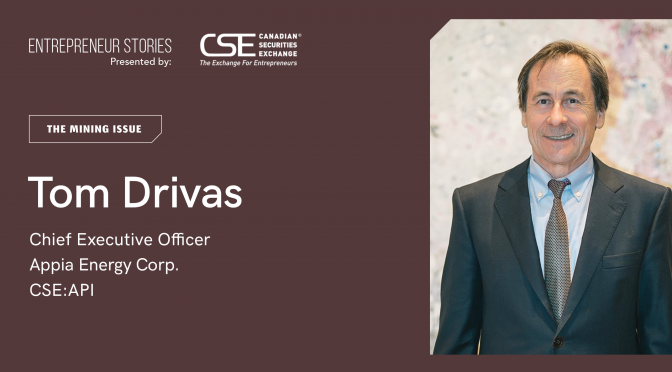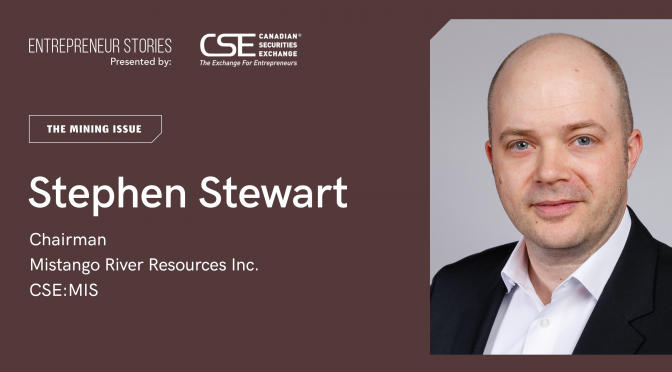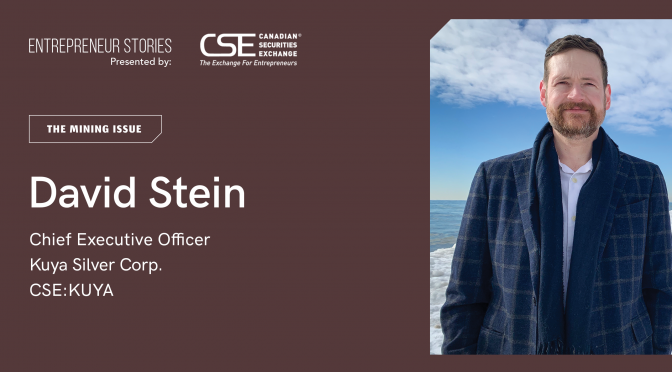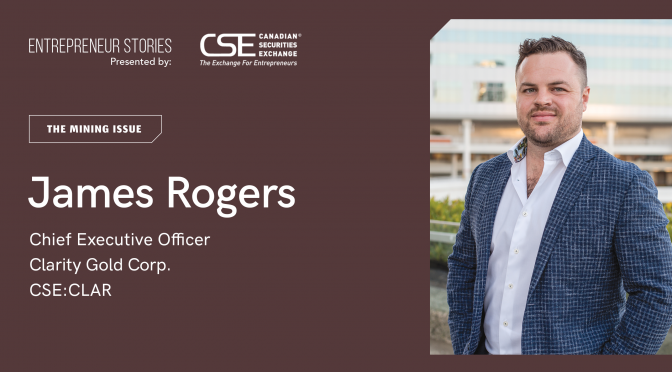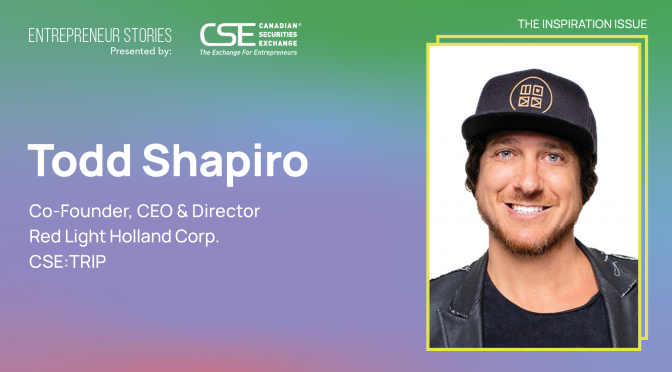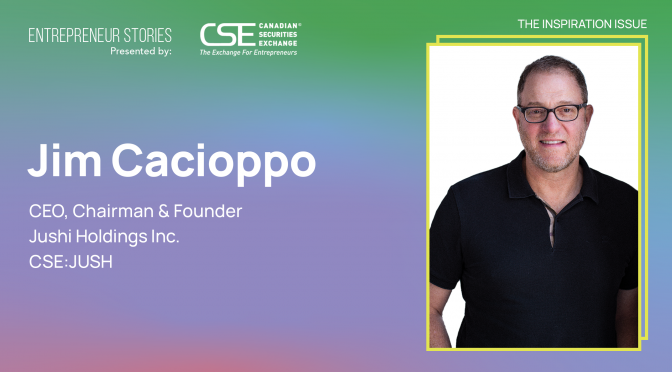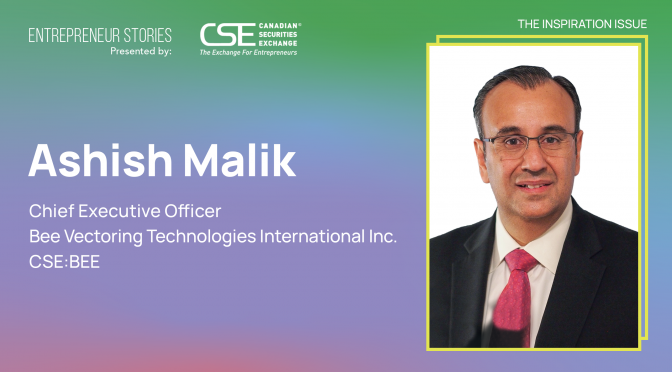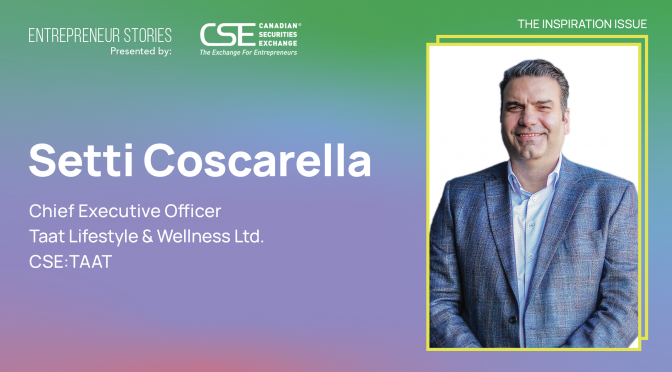Tucked away in northern Saskatchewan, so close to the border that it practically touches the Northwest Territories, sits Alces Lake. It’s a gorgeous part of the province and the namesake for an important resource exploration project that happens to host the second-highest average grade of rare earth elements (REEs) in the world.
REEs are used in everything from permanent magnets for electric cars and wind turbines to lithium-ion batteries, as well as smartphones and the ceramics and glass found in superconductors. It’s an industry with rapidly accelerating demand, and Appia Energy (CSE:API), which owns 100% of the 14,334-hectare Alces Lake Project, is looking to become one of its major players.
Alces Lake has an in-situ average total rare earth oxide (TREO) grade of 16.65 weighted total percent (wt%). Anything with a wt% above 4 is considered high grade.
With a measure that high, a single metric ton of mineralization from Alces Lake would contain roughly 166.5 kilograms of TREO. Of that, 38.5 kilograms (a little less than 25%) would be what is known as critical rare earth oxide (CREO), which represents roughly 85% of the total mineralization’s dollar value.
Specifically, that’s neodymium, praseodymium, dysprosium and terbium. Or as a former US Department of Energy national laboratory director once put it, “the stuff you need the most but can’t get enough of.”
CREEs are particularly important in the production of permanent magnets, which are also found in everyday items such as audio speakers, laptops and refrigerators.
Appia’s Chief Executive Officer, Tom Drivas, believes his company can play an important role in filling a resource need that is only going to get bigger in years to come.
“It’s because of the grade, because of the technology, because of our location and because of the right mix of rare earths as well as the mineralogy,” Drivas tells Public Entrepreneur. “Because of all that, we’re in a very good position to have a stable supply in North America.”
Pay close attention to the “North America” part of that last statement. Right now, two-thirds of the world’s TREO supply comes from China, and more than 90% of the world’s magnets are produced there. The potential for disruption to the supply of rare earths and related products is real. During former US President Trump’s trade skirmish with China, for instance, China threatened a REE blackout, according to Asia Times Financial.
“Whoever controls the supply of critical material controls the economy – and that means jobs,” Drivas explains. “There’s lots of interest from the Western world to get to a position where they have the supply of critical materials to have the economy start moving and create jobs.”
COVID-19 didn’t do the rare earths supply chain any favours, either in China or anywhere else around the globe. For Appia, it meant paring down its exploration program in 2020.
Since 2017, the company has discovered 74 REE surface zones and occurrences over a 45- kilometre strike area and completed 78 diamond drillholes, 64 that reached a depth of 50 metres or less and 14 that extended further. Appia has a 95% success rate at intersecting REE-bearing systems, and more than 99% of its property remains to be explored.
This year, Appia has a lot more time – and a lot more money – to do just that.
“We basically have three times the budget of last year,” Drivas notes. “We’re going to be spending $3 million to $4 million at least and see how it goes from there.”
The REE minerals at Alces Lake are contained within a caramel-coloured phosphate mineral called monazite. This is good, according to Drivas, because monazite is relatively easy to extract elements from, and companies have been doing it since the 1950s. Not every REE site is so lucky.
Currently, much of the world’s monazite is shipped to China, where it is processed into REEs. That too, though, is changing.
In August 2020, the Saskatchewan Research Council and the provincial government announced plans to build a first-of-its-kind REE processing facility in Saskatoon, which is expected to be up and running in late 2022.
On the agenda for Appia is a property-wide airborne magnetic, electromagnetic and radiometric geophysical survey, followed by additional surveying and geological mapping to track known mineralization trends and investigate any newly discovered radiometric anomalies.
From there, the company plans a diamond drilling program of at least 5,000 metres to explore for more high-grade REO occurrences.
In terms of how big this could get, Drivas points to two established REE producers: MP Materials and Lynas Rare Earths. They have market values of US$6.2 billion and US$4.5 billion, respectively. Appia’s is US$41.6 million.
“They’re the two main rare earth producers outside of China, but our grade is much better with what we’ve seen so far,” Drivas says.
It’s important to note that there is some diversification to the Appia story as well. The company has three uranium exploration projects over a total of 48,024 hectares in Saskatchewan: Loranger, Eastside and North Wollaston.
At Loranger, for instance, six of seven drillholes intersected uranium mineralization in the company’s first drill campaign. A second drill season was completed in 2019 and discovered a near-surface uranium zone that extends more than 900 metres.
Elsewhere, Appia has a 13,000-hectare uranium and REE property at Elliot Lake in Ontario. The Elliot Lake camp has produced more than 300 million pounds (136 million kilograms) of uranium and is the only mining camp in Canada with significant historical commercial rare earth element production.
Back at Alces Lake, the company seems to have the best of both worlds when it comes to where it finds its rare earths. Much of the high-grade material discovered to date is close to the surface, suggesting relatively easy extraction were a decision eventually made to put the project into production. In addition, a recent news release discusses that REE mineralization occurs within multiple sub-parallel trends of the system over 875 metres of strike length and down to 340 metres in vertical depth. With the mineralization hosted in monazite, it could be just what North American supply chains are looking for.
“If we can prove in the next few years that we’ve got a viable deposit here, there’s a lot of upside for Appia and the industry,” concludes Drivas.
This story was featured in the Public Entrepreneur magazine.
Learn more about Appia Energy at http://www.appiaenergy.ca/

